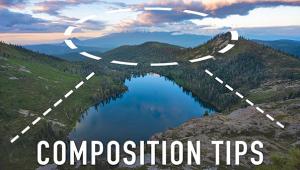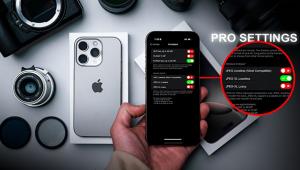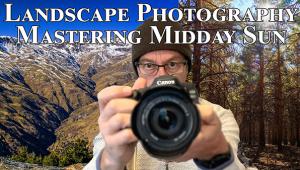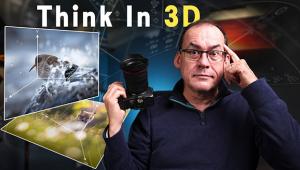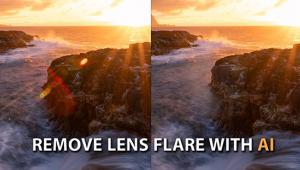I went digital to get AF; my old OM lenses will not even fit a camera without an adapter anyway. With my E-1 and 2 lenses, the 14-54 and 50-200, I can hangle just about anything with only 2 lenses!
Please comment briefly on your experiences with using both post- and pre-digital manufactured lenses.
- Log in or register to post comments

I have tested 2 "older" film lenses (Sigma, Tamron) against "Digital only" lenses on both my 2 Minolta 7D’s, and my wife’s new Sony A-100. I have shot "controlled" shots of a photo copier calibration document, and all of my tests have yielded the same results. The digital lenses produce noticeably sharper images than the older film lenses.

I still own a Canon FX and two A-1s with a dozen lenses that will work on any of them but none will fit any of the Canon DSLRs. On the other hand, a friend had a batch of Nikon lenses that I was able to buy as a very good package deal so I bought a new Nikon D-70 body only and saved much money. Too bad for Canon.

Older lenses work just as well on modern digital cameras. It's when you try to use a lens designed for digital on a 35mm film camera or a digital camera with a full frame sensor that a problem may occur. Lenses specifically designed for digital are usually made for a smaller sensor, one that has a magnification factor, and when used on 35 mm film or full frame digital they create vignetting because they create a smaller circle of light that isn't designed to cover a full frame sensor. As time goes on and technology increases and prices subside this will no longer be an issue because full-frame sensors will become the standard and we will be glad we kept our old lenses.



















